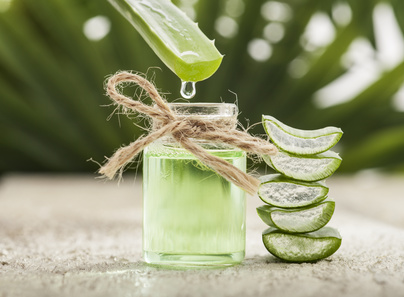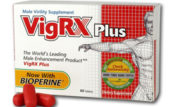Sunscreen plays an important role in summer skin care. You might think that a sunscreen with an SPF factor of 50 protects against sun burns and skin cancer. And it probably does. But not always. That’s because sunscreens aren’t required to protect against UVA radiation. But that’s about to change, and so will summer skin care and how you choose sunscreen.
What’s the Difference Between UVB and UVA?
UVB is what many people commonly think of when you mention “ultraviolet rays”. UVB is the strongest form of radiation from the sun and can burn the top-most layer of the skin, cause wrinkles and increase risk of skin cancer.
The problem is that while many sunscreens protect against UVB, they don’t protect against UVA. Though less powerful than UVB radiation, UVA is 30 to 50 times more abundant than UVB, and penetrates deeper into the skin. UVA is the most dominant tanning ray and is linked to skin aging and risk of skin cancer.
What Are the New Rules For Sunscreens?
There are several, but the most notable change to sunscreens is that the FDA announced that all sunscreens with the “Broad Spectrum” designation that are sold in the United States must protect against UVB and UVA as of the summer of 2012.
Broad Spectrum is a relatively new standard for sunscreens. Presently, sunscreens with that designation are not required to protect against UVA, although many do.
Sunscreens will not be allowed to say they block the sun completely, or that they’ll prevent skin aging. But they will be able to say that they lower risk of skin cancer and skin-related aging if they have an SPF rating of 15 or higher.
In addition, sunscreens will be required to indicate how long they offer water protection, in increments of 40 or 80 minutes.
What’s the Difference Between SPF and Broad Spectrum?
SPF measures protection against UVB. Broad Spectrum is a designation that a product protects against UVB, and often UVA. In 2012, all sunscreens with Broad Spectrum will protect against UVA, in addition to UVB.
All sunscreens will have an SPF rating. Most, but not all, will be labelled as a Broad Spectrum product.
What Remains the Same?
SPF will still measure UVB protection on all sunscreens. And as of 2012, SPF on a Broad Spectrum sunscreen will gauge both UVB and UVA. The higher the SPF rating, the more protection it will offer, for all sunscreens, whether Broad Spectrum or not.
So What is the Best Sunscreen I Can Buy As of Summer 2012?
The best sunscreen you can buy will be a Broad Spectrum product, with an SPF rating of 50. That will give you protection against UVB and UVA radiation, and at that strength, will probably offer the best water resistance as well.
There is some debate whether a sunscreen can be rated higher than SPF 50. At present, the FDA is not convinced that a sunscreen can protect against sun radiation beyond that level. Tests are ongoing.
Why Are the New Sunscreen Rules Important?
They’re important because they clarify the protection that a product will offer, and they educate about UVA radiation. They also raise awareness that skin cancer is a growing problem, and they raise standards for sunscreen manufacturers to meet, to protect against skin aging and skin cancer.
How Does This Change Summer Skin Care?
The most important element of summer skin care is protection from the sun. Therefore, it would be advisable to buy Broad Spectrum sunscreen products with a high SPF rating.
Also, remember that sunscreen does not block the sun completely, no matter how high the rating.
And remember the adage of Slip Slop Slap. Slip into sun protective clothing, slop on a golf ball-sized portion of sunscreen, slap on a wide-brimmed hat. Wear sunglasses as well, and look for shade. You won’t tan, but you won’t burn either, and less likely to form wrinkles.




